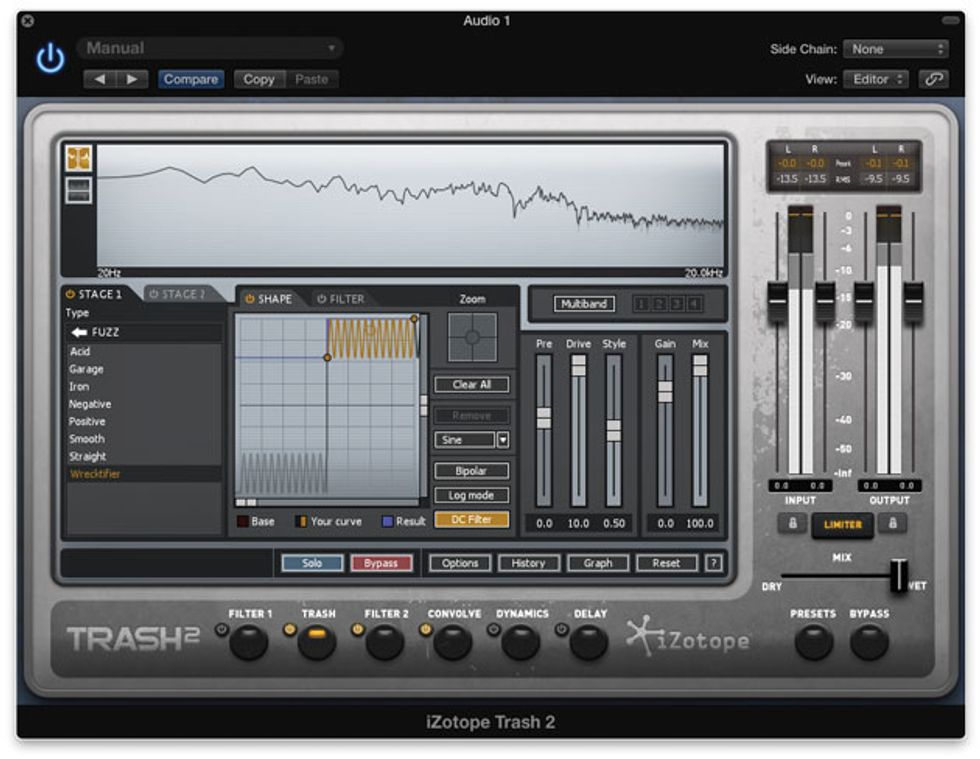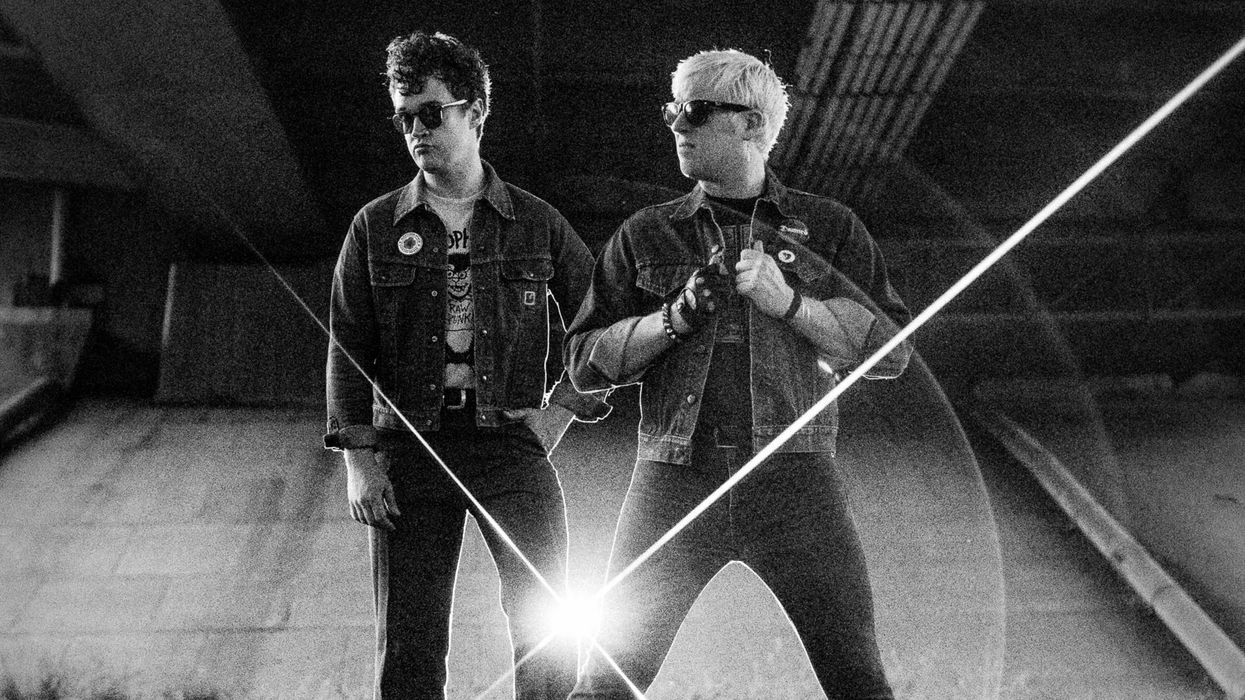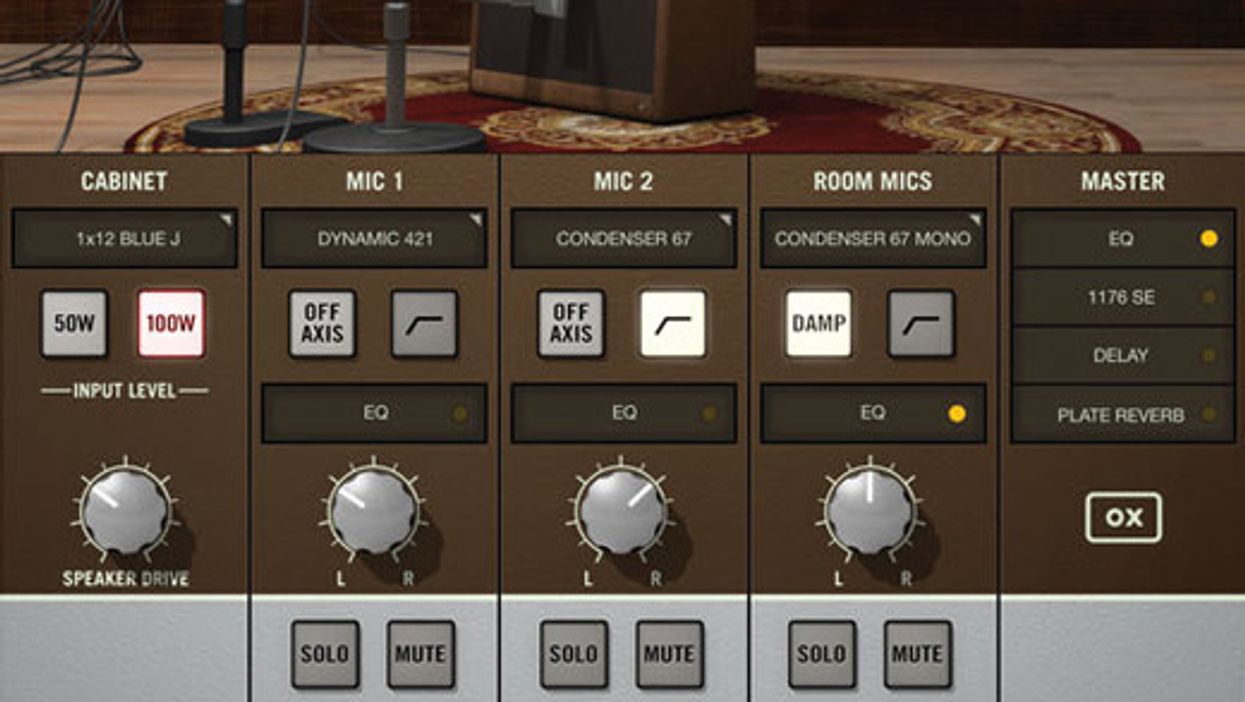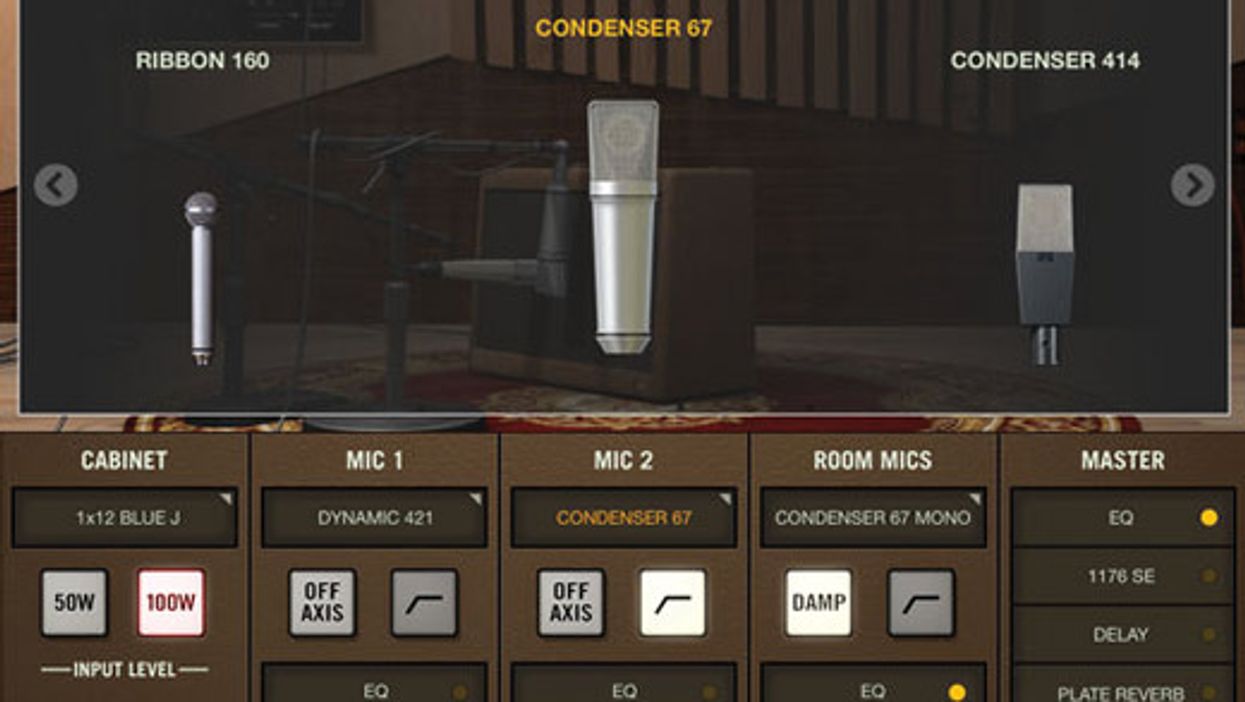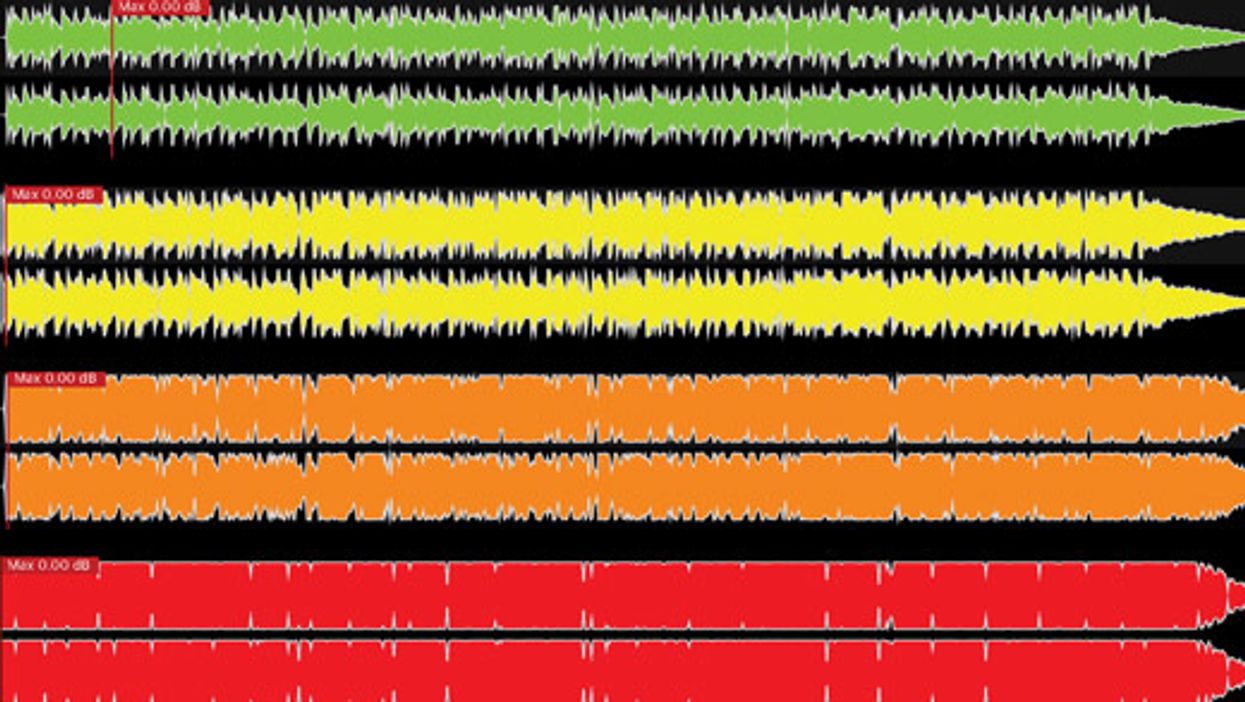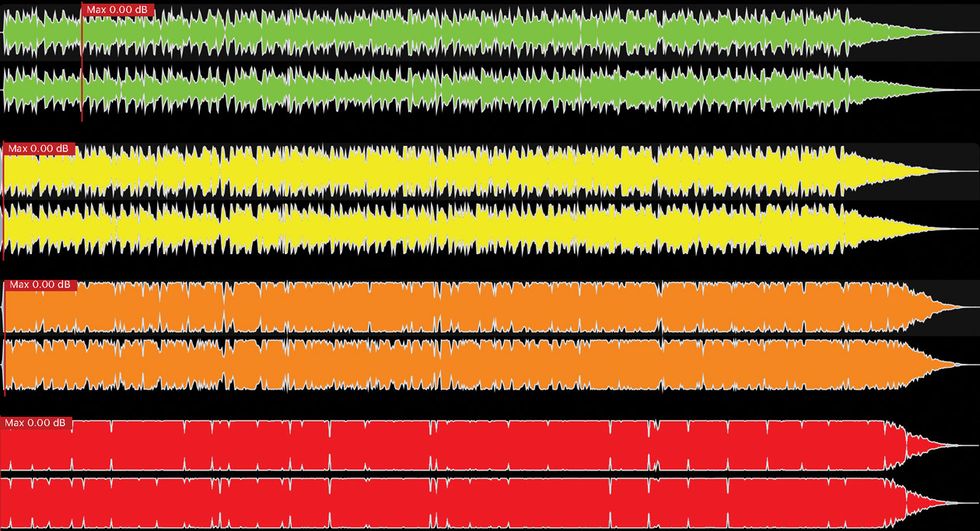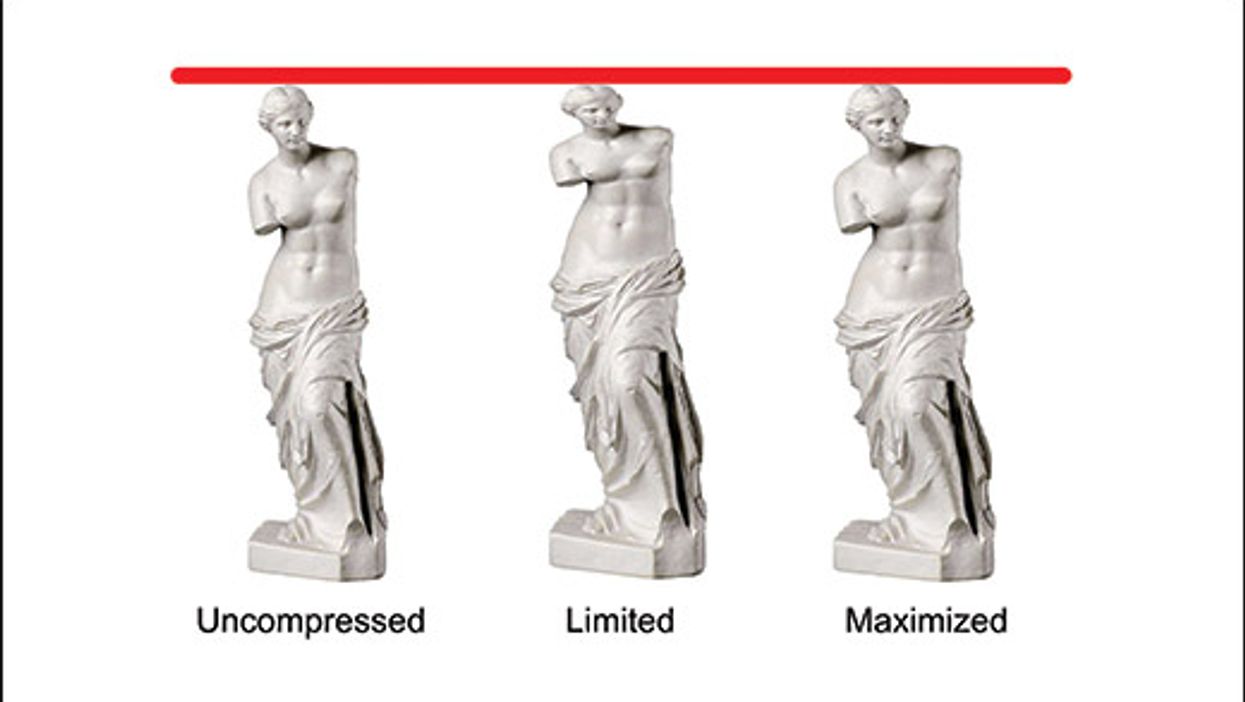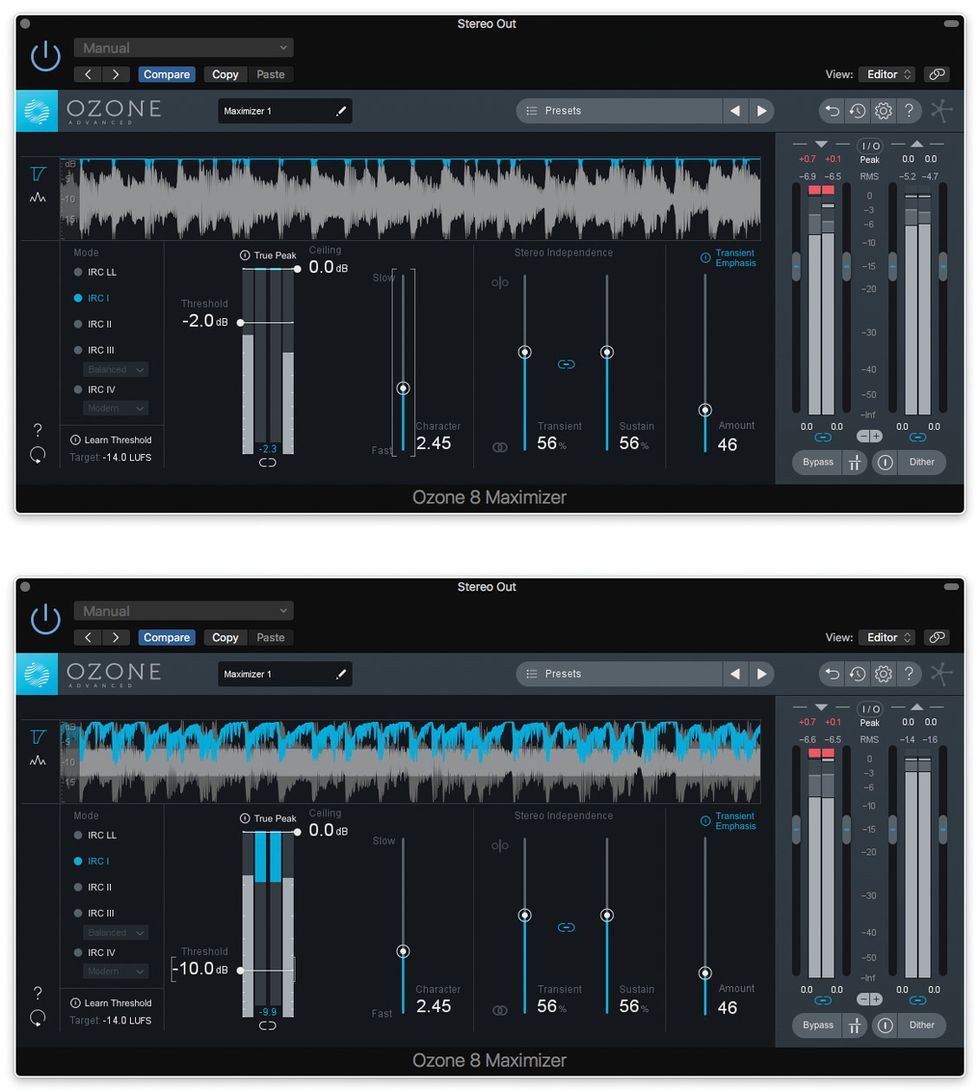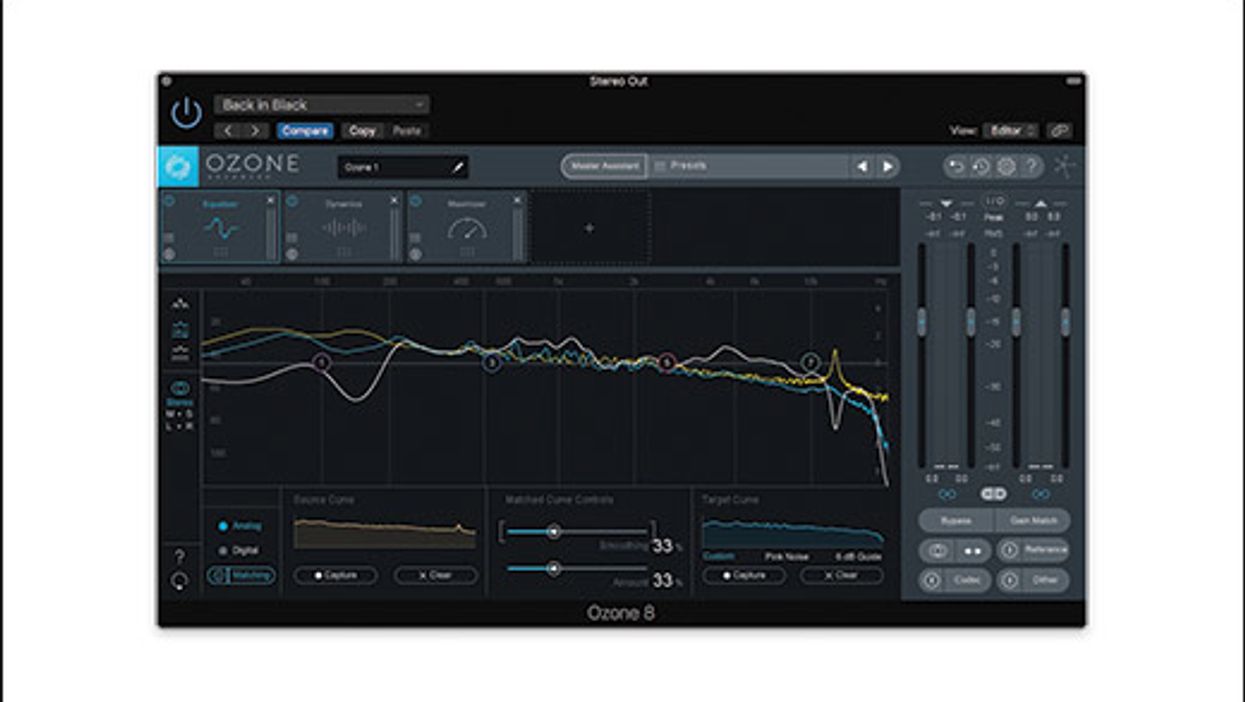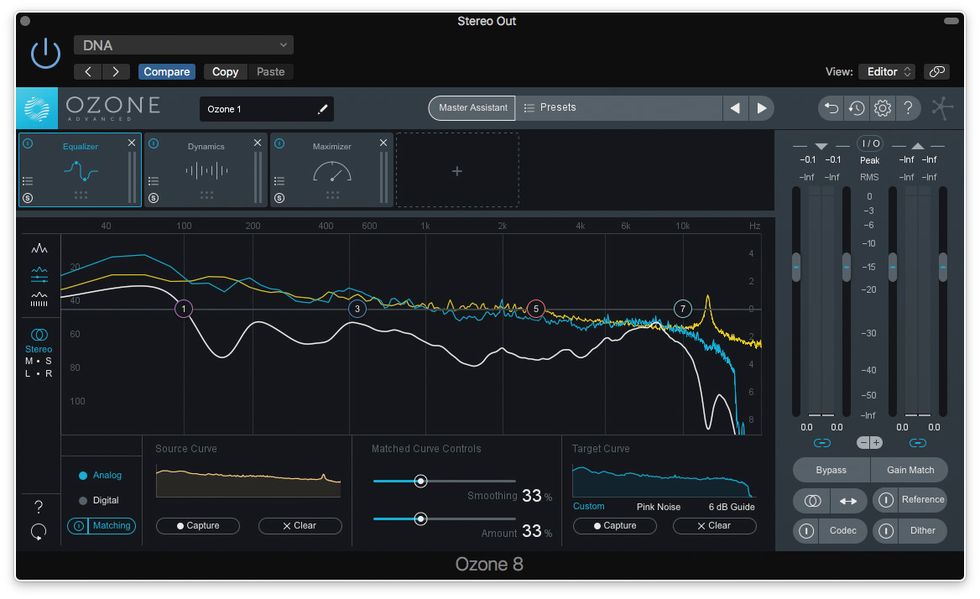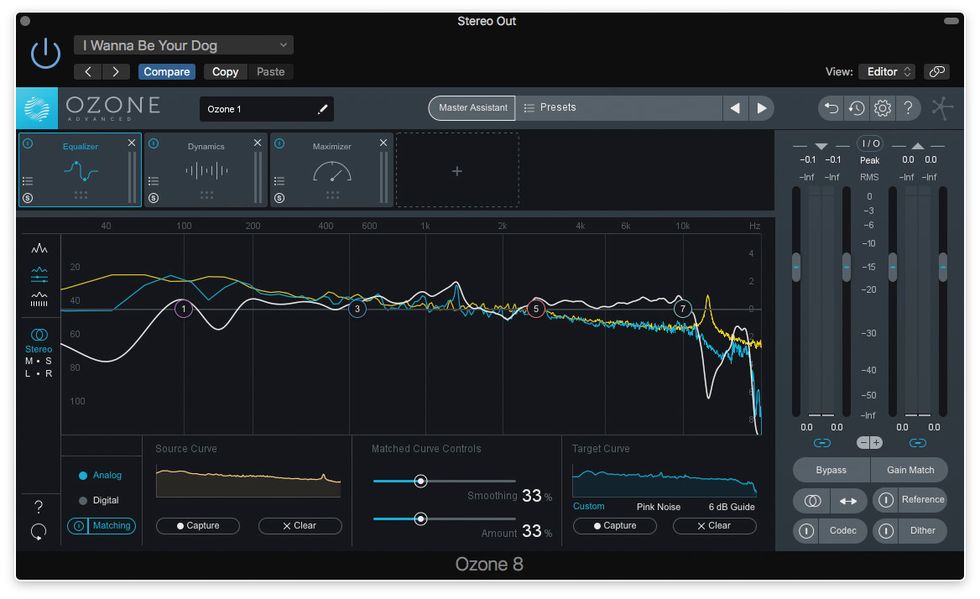On Beyond Zebra! was never one of Dr. Seuss’s bestsellers, but it was my childhood fave. I loved its premise that the alphabet could extend past the letter Z, and that only our lack of imagination confines us to the usual 26 characters. Sure, we need A, B, and C to communicate, but we can dream in Yuzz, Fuddle, and Zatz.
I flashed on that kindergarten Gnosticism decades later when I started learning about digital audio. Once you get an inkling of its power, you start wondering whether many aspects of traditional analog tone are popular because they’re great, or because they’re traditional.
Both, obviously. I’m simply suggesting that it’s good to question our analog assumptions. Take tubes and distortion, for example.
Are Tubes for Rubes?
No—it’s just a rhyme, silly! Tubes are awesome. But guitarists of my generation were reared on tube dogma. As a young guitarist I was told over and over that only tube distortion mattered. Sometimes it was expressed in emotional terms. (“Nothing else has that feeling.”) Sometimes it was aesthetic. (“Only tubes sound warm and musical.”) Sometimes it was quasi-scientific. (“Only tubes produce desirable even-order harmonics.”)
The attitude was so prevalent that manufacturers would often employ tubes in stompboxes in ways that had no audible effect, successfully duping many tubaholic guitarists. (Electro-Harmonix even went so far as to add a purely cosmetic LED to some pedals, oriented to shine up through the glass bottle to reassure players that their “tube tone” was smokin’ hot.)
That ironclad attitude eventually softened a bit after being challenged on two fronts. On the tech side, tube emulations improved to the point that most listeners—and frankly, most guitarists—can’t tell the difference, at least on recordings. Meanwhile, extreme and experimental music genres challenged old ideas of “good” distortion. Just when tubes were no longer the only way to get “that sound,” a significant number of musicians stopped giving a crap about “that sound” in the first place.
Now, I don’t want to get sidetracked into another anarchic amps-versus-models debate, but given that—oh, hell, who am I kidding? I’m always up for an anarchic debate! Examples 1a through 1h are recordings I made of classic amps alongside modeled versions from the Amp Designer plug-in in Apple’s Logic Pro. Can you tell which are which?
I posted a version of this test on my blog a few years ago as a contest. Hundreds of players competed, but only three nailed the answers, and some did so using a trick of sorts. (If you listen to the tail end of each clip on headphones, you can sometimes hear amp noise as the last notes fade away.)
Yeah, there is a difference, and I don't doubt that a small percentage of listeners can discern it. But on the "Things That Matter" list, it's somewhere around #97. So let’s proceed on the assumption that the recording guitarist can use amps or models to equally fine effect, shall we?
Not Found in Nature
The conversation gets more interesting when you ditch comparisons and explore the ways uniquely digital sounds can contribute to a recording. I threw together a musical example, using drum tracks swiped from my frequent musical partner Dawn Richardson. There are five guitar parts: a doubled riff in the A section, a thin-sounding counterpoint line, and a more distorted doubled riff in the B section. Plus bass.
I simultaneously recorded directly and via miked amps. I made “obvious” amp choices: For the first doubled part, I cranked a vintage Fender Tremolux to mild distortion, but employed a chunky Marshall combo for the B section riffs. For the high, thin part, I ran a homemade octave fuzz through a small Divided by 13 combo. Ex. 2a is the band track. Ex. 2b is the guitars alone, and Ex. 2c is rhythm section alone. (Pardon my lazy-ass rough mixes.)
There’s nothing offensive about the guitar sounds in Ex. 2a—and that’s the problem! They’re generic. Yeah, I could make them pop more via EQ, compression, and micro-edits, but we’d probably still be nodding off.
iZotope’s Trash 2 plug-in provides access to all those distortion colors that electric guitarists are supposed to hate.
Sometimes it’s good while recording to step back and consider what the parts are trying to do. Here’s the musical scene as it existed in my imagination: Dark-toned guitars create a sense of foreboding. A weird, tweaky line buzzes past like an alien mosquito, distracting our attention till we’re blindsided by violent power-chord guitars.
How could I better depict that scene? What if the dark guitars were darker? The weird, tweaky part weirder and tweakier? The violent guitars way more violent? So I muted the amped guitars and applied digital paint to the direct-recorded tracks.
What’s different in Ex. 3a? The first pair of guitars is processed through a digital filter plug-in (PSP’s N2O), with a touch of bitchrushed distortion and mismatched cutoff frequencies and modulation rates to differentiate the parts and emphasize the stereo effect. Highs are greatly reduced, and booming, midrange resonance contrasts the thin-toned countermelody, which has heavier filtering, trashy slapback delay, and a touch of digital glitching. For the B section I used two flavors of bit-crushed digital distortion (from BitBrain, a distortion effect created in Native Instruments’ Reaktor, and Logic’s Bitcrusher plug-in). All are sounds guaranteed to nauseate tube purists. Ex. 3b features the guitars only, and Ex. 3c reveals what the raw, direct-recorded guitars sound like with no digital processing. Ouch.
I’m not claiming my approach here is the best one, or even a good one. But to my ear, the sounds “not found in nature” (that is, not available from traditional analog signal chains) make the stronger impression. For the record, I can easily imagine the situation reversed, and replacing bland modeled sounds with fat and lively analog ones. As always, context determines the best tones.
Digital Distortions
Let’s return to the digital distortion on those B section guitars. Many players don’t realize that classic rock distortion sounds filter out much high end. Guitar amps and speakers decapitate most frequencies above 4 kHz or so, and the damping effect increases as you overdrive the amp. But when you apply distortion to those unfiltered treble frequencies, the result can be pure excitement, god-awful noise, or both. Like sulphuric acid, digital distortion eats through almost anything, so it can be a great choice for dense passages of aggressive music.
Let’s conclude with a digital distortion tasting platter, highlighting a few on-beyond-analog options.
I did the processing with some favorite “distortion designer” plug-ins: iZotope’s Trash 2 (Ex. 4a), u-he’s Runciter (Ex. 4b), Sinevibes’ Circuit (Ex. 4c), and FXpansion’s Maul (Ex. 4d). Each can generate many shades of distortion, mimicking not just amps, but overdriven transistors, diodes, filters, and much more. Each plug-in has a large repertoire of tones, so don’t rule one out just because you hate the way I’ve used it here. Any or all of them can expand your distortion palette.
The good doctor gets the last word:
So on beyond Zebra!
Explore! Like Columbus!
Discover new letters!
Like WUM is for Wumbus …
So on beyond Z! It’s high time you were shown
That you really don’t know all there is to be known.




